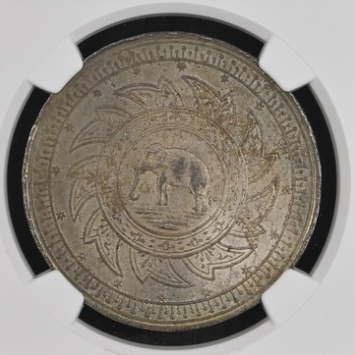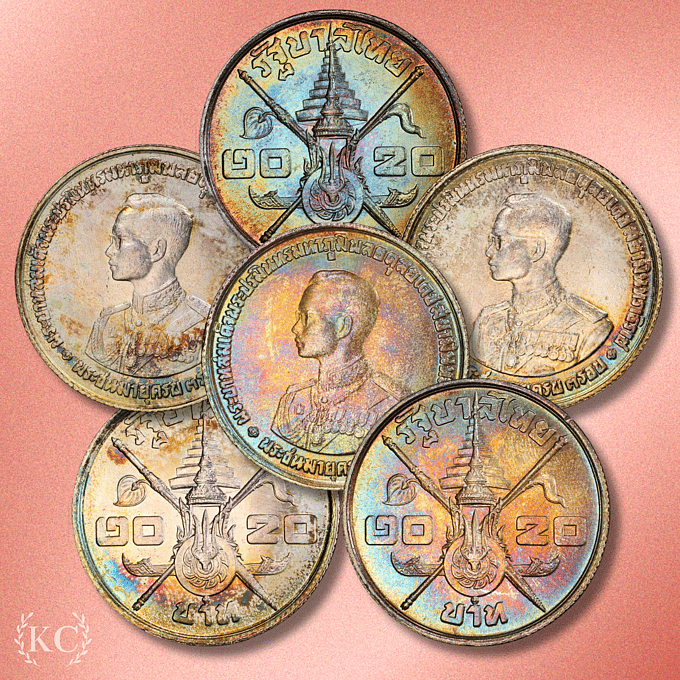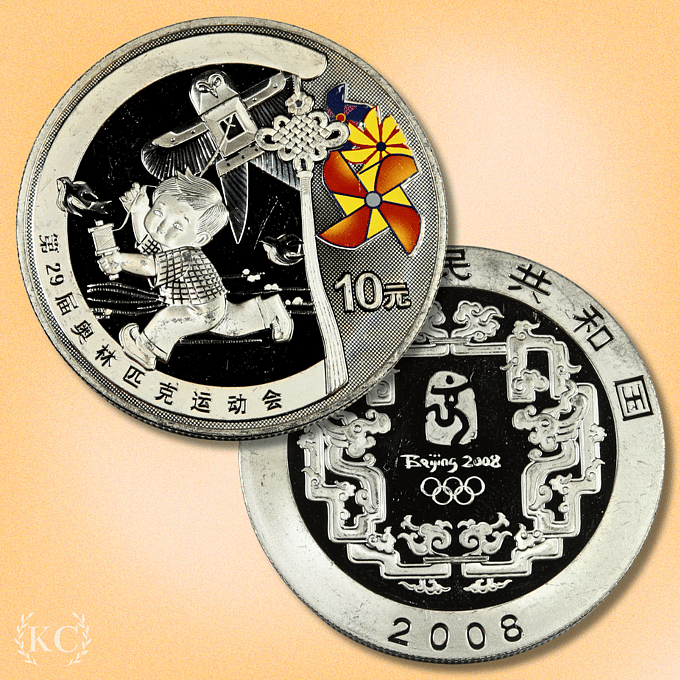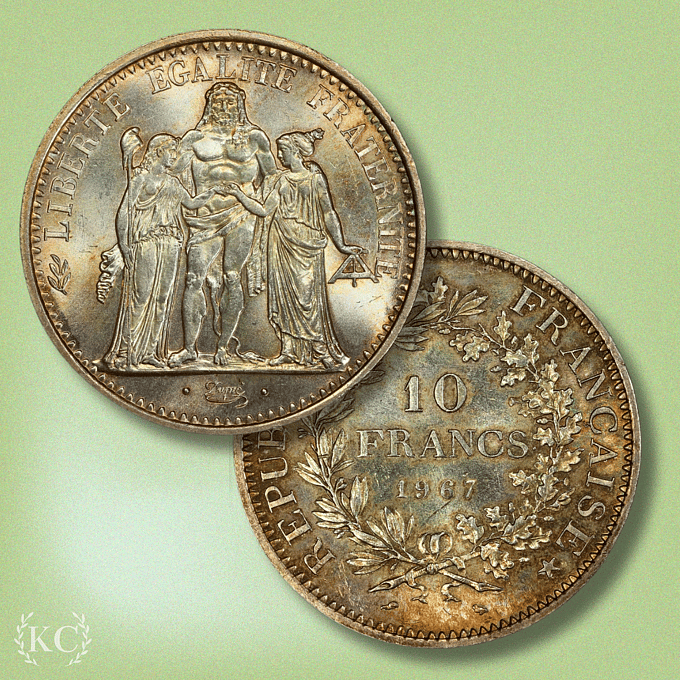 Guest
Guest- Welcome
- Recent Posts
- COLLECTING
- Leaderboard NEW!
- Browse Sets
- MyCollect Catalog
- Guess the Grade NEW!
- VERIFY
- TheftCheck
- Report Stolen
- EXPLORE
- Pages
- Groups
- Articles
- Shows & Events
- ADVERTISE
- MyCollect Ads
About This Group
General World coin forum.
- Public Group
- 85 Posts
- 25 Photos
- 0 Videos
- World Coins
- Managed by Pacifica
Group Moderators
Recent Updates
- Take a look at this beautifully toned Mexican Cry For Independence coin! Get it today at https://www.ebay.com/itm/226111588283 !
#Silver #Mexico #PCGS #Numismatics0 Comments 0 Shares 141 ViewsPlease log in to like, share and comment!Commenting is disabled. - For those who like their currency with a side of cerulean! Add this blue beauty to your collection today at https://www.ebay.com/itm/326102246598
#TonedCoins #PCGS #Silver #numismatics #CoolCoins0 Comments 0 Shares 155 Views - Add hues of happiness to your collection with these Thai coins! Get them today at https://www.ebay.com/str/katycoinllc !
#TonedCoins #CoolCoins #PCGS #Numismatics0 Comments 0 Shares 203 Views - Catch it if you can! This 2008 Beijing Olympics Silver Child with a Kite Coin is breezing through - Don’t let this treasure fly away! Get it today at https://www.ebay.com/itm/326069014027 !
#Silver #Numismatics #CoinCollecting0 Comments 0 Shares 306 Views - As the flowers bloom, your collection can too with this beauty from France- Ooh la la indeed! Get it today at https://www.ebay.com/itm/2260570062590 Comments 0 Shares 307 Views
- Who needs a four-leaf clover when you can own this 2020 Reverse Proof Libertad in its lucky green PCGS holder? Get it today at https://www.ebay.com/itm/325998423347 !
#Silver #PCGS #CoinCollecting0 Comments 0 Shares 329 Views - Don't miss out on this golden opportunity to own a piece of history with this 1971 China Chiang Kai-Shek Gold Coin! Get it today at https://www.ebay.com/itm/2259832647910 Comments 0 Shares 376 Views
- *this item has sold*
Why chase rainbows when you can hold one with this stunning 2009 Gold Maple Leaf? Get it today at https://www.ebay.com/itm/225764774850
#PCGS #Gold #WorldCoins0 Comments 0 Shares 416 Views - Gallop into the past with this 1910 "Cry for Independence" Coin! Get it today at https://www.ebay.com/itm/325576163789 !
#Mexico #Silver #PCGS #Numismatics #CoinCollecting0 Comments 0 Shares 360 Views - Don't miss the boat on this Ocean Toned 2010 Silver Maple! Get it today at https://www.ebay.com/itm/325986620315
#Toned #Numismatics #CoinCollecting #Silver0 Comments 0 Shares 376 Views - Feeling blue? Get your hands on this incredibly toned 1942 Centavo coin - a true pocket-sized masterpiece! https://www.ebay.com/itm/325910313753
#Mexico #PCGS #CoinCollecting #Nummismatics0 Comments 0 Shares 382 Views - https://www.ma-shops.de/sesambestcoins/item.php?id=62266
Mintage: 400 !!!
NIUE 50 $ 2012, Russian Royal Charity, silver, 8 oz, RARE! Proofhttps://www.ma-shops.de/sesambestcoins/item.php?id=62266 Mintage: 400 !!! NIUE 50 $ 2012, Russian Royal Charity, silver, 8 oz, RARE! ProofWWW.MA-SHOPS.DENIUE 50 Dollars 2012, Kaiserliche Wohltätigkeit, Silber, 8 Unzen, RAR!!! PPNIUE 50 Dollars 2012, Kaiserliche Wohltätigkeit, Silber, 8 Unzen, RAR!!! PP ✓ MA-Shop Kauf mit Garantie ✓ Angebot mit Münzen und Medaillen von der Antike bis zum Euro.0 Comments 0 Shares 395 Views - https://www.ma-shops.de/sesambestcoins/item.php?id=62247
NIUE 50 $ 2013, Imperial Stables Peterhof in St. Petersburg, silver, 8 oz, RARE! Proofhttps://www.ma-shops.de/sesambestcoins/item.php?id=62247 NIUE 50 $ 2013, Imperial Stables Peterhof in St. Petersburg, silver, 8 oz, RARE! ProofWWW.MA-SHOPS.DENIUE 50 Dollars 2013, Kaiserliche Ställe Peterhof, Silber, 8 Unzen, RAR!!! PPNIUE 50 Dollars 2013, Kaiserliche Ställe Peterhof, Silber, 8 Unzen, RAR!!! PP ✓ MA-Shop Kauf mit Garantie ✓ Angebot mit Münzen und Medaillen von der Antike bis zum Euro.0 Comments 0 Shares 396 Views - Get your hands on a blue-tiful piece of history with this Silver Ascension Island Tuppenny Blue Anniversary Coin! Get it today at https://www.ebay.com/itm/325497717991
#CoinCollecting #NGC #Nummismatics0 Comments 0 Shares 386 Views - No need to slay a dragon to get your hands on this treasure – Just add this 1904 Japanese 1 Yen to your collection today at https://www.ebay.com/itm/225903913422 !
#WorldCoins #numismatics #CoinCollecting #CoolCoins0 Comments 0 Shares 460 Views
More Posts
© 2024 MyCollect

















